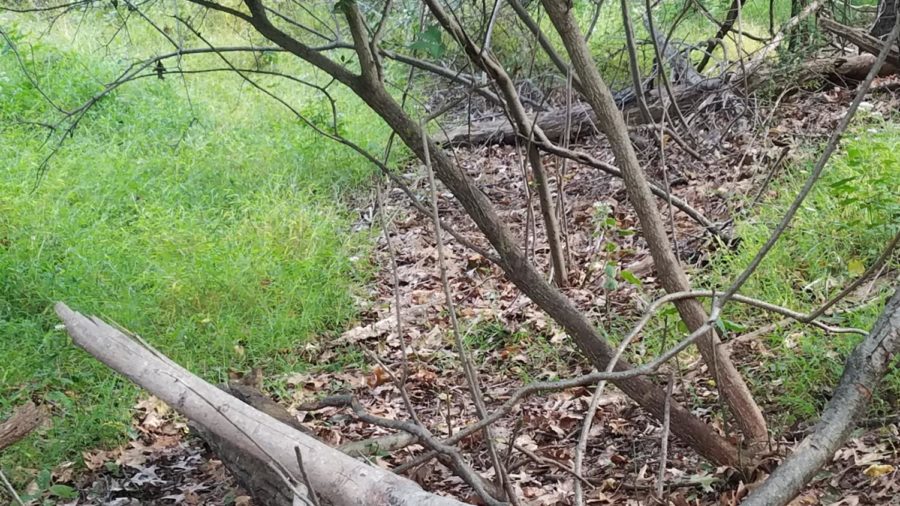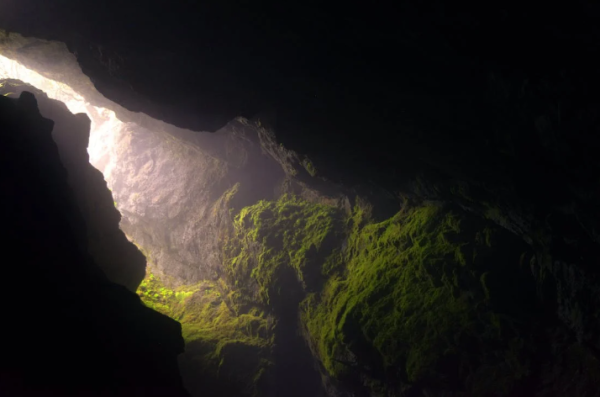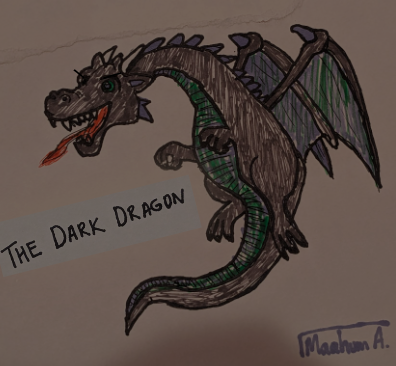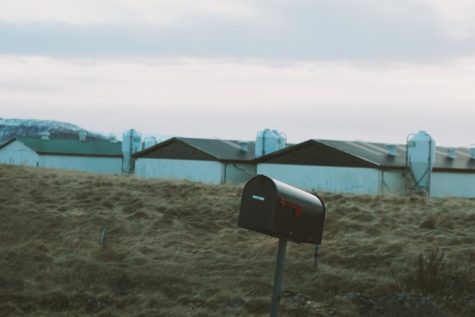The Eastern Chipmunk
It was the afternoon on an early autumn day, and I was walking in a primarily deciduous forest. Although the heat of the summer sun had not yet been replaced by winter’s chill, the leafy, light green treetops of the forest shaded me away from the direct sunlight. Besides trees, in this forest grew shrubs and bushes at hip level or higher. The ones I could identify included laurel bushes and thorn bushes. From the pale brown dirt of the ground grew moss and a variety of mushrooms here and there.
I decided to sit for a little while, so I rested my bike on the ground and seated myself on the trunk of a fallen tree. Although I sat peacefully at the time, fauna moved energetically all around me: squirrels and chipmunks foraged through the leaf litter; spiders spun webs as flying insects like flies and gnats tried to avoid them; true frogs jumped at the first sign of danger; songbirds and alike chirped and sang their songs up above; and deer grazed on plant matter.
As I sat there, I noticed a rather curious sound: chirping.
Initially, when I heard these sounds, I assumed they were that of birds, but upon closer observation, I found out that they were not that of birds, but in fact, that of chipmunks. In between scurrying around the forest floor, foraging for food, the chipmunk paused and chirped. These generally high-pitched chirps were repeated at frequent intervals but tended to slightly slow a bit (in their frequency) as the chipmunks carried on chirping. Sometimes, when one chipmunk chirped, another one chirped too- and at similar time intervals at that!
Whilst I observed a nearby chipmunk chirping with binoculars, I noticed that its cheeks were rapidly inflating and deflating, and its tail slightly twitched each time it made the peculiar noise. I’ve noticed that the chipmunk seemed to have preferred to chirp like this (as in, in this frequency and tone) when on a piece of wood rather than on the ground. I observed that, when rapidly moving away from something that is perceived to be potentially hazardous, the chipmunk would also chirp.
However, in instances like these, the sounds would be more rapid in their frequency and higher in their pitch. The chipmunk I observed didn’t chirp when foraging or when hiding; from my observation, I supposed that chipmunks don’t chirp often when foraging or hiding, chirp rapidly when running away, and prefer to communicate with others through chirps in similar intervals. These conclusions may only really pertain to the Eastern Chipmunk (Tamias Striatus).
The Eastern Chipmunk is a small, squirrel-like rodent found in the primarily temperate climates of the eastern United States. This species has a small, somewhat bushy tail and black, round eyes. In general, it is golden brown in color, with its top being a darker shade and its underside being a lighter shade. On either side of its body is a white stripe with a black stripe above and below the white stripe; the stripe continues on either side of its body lengthwise, with a similarly colored but shorter 3-striped pattern occurring around the eyes on either side of its head running lengthwise, too. It has four limbs with hand-like paws; there are four ‘fingers’ on its front and five on its hind. It has tiny rounded semicircle-shaped ears on the top of either side of its head. It has strong front teeth (like a lot of rodents) and noticeable cheek pouches. The cheek pouches are especially noticeable when they protrude from their original places due to food being stored within. Although it can climb trees, the chipmunk doesn’t do so often unless it has a burrow inside the tree. The Eastern Chipmunks of New Jersey often shelter in small burrows in the ground. They tend to scurry around with their thin, somewhat bushy tail sticking up in the air. During most of the year, the Eastern Chipmunk doesn’t appear to be a social animal, somewhat often seen competing with others of the same species for areas in which to find food. Its tail greatly helps it balance.
Among the most energetic and lively animals from which I saw around me at that time was the Eastern Chipmunk. It was quite curious, too– when I sat real still, it cautiously scurried closer and closer to me in order to observe me. A few blinks sometimes made it turn around and scamper away back into the cover of the laurel bushes. I observed it as it foraged among the leaf litter for food, retrieving the bounty back into its subterranean burrow, the entrance of which was under a fallen stick. The chipmunk did this repeatedly, pausing once on top of a fallen branch to chirp at/to its neighbors, who chirped back. As the day continued, the sun lowered from its former position in the sky. At about this time, the chipmunk seemed to quiet down, slowing its activity. At this point, I decided to carry on. So I picked up my bike and carried on walking through the forest.





















